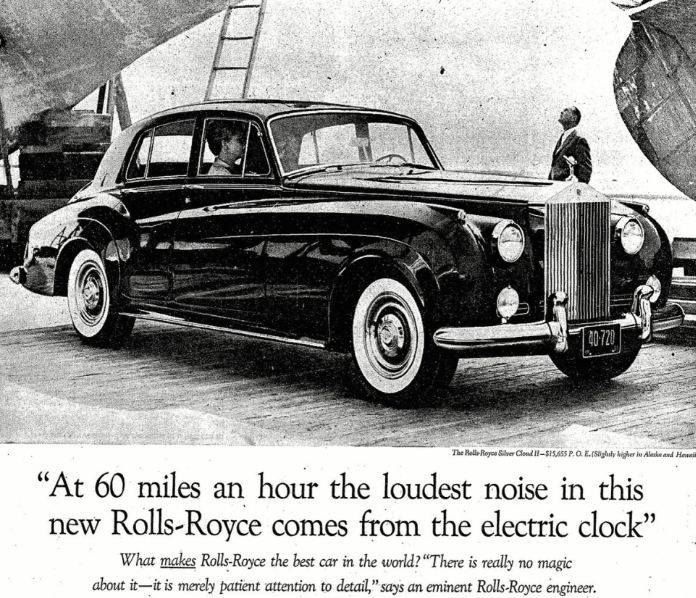How to Create Advertising that Sells by David Ogilvy
A campaign featuring a man with an eyepatch sold out Hathaway’s stock of shirts in just one week. David Ogilvy was the mastermind behind many iconic campaigns. This article summarizes his advice on creating ads that sell.
If you want people to buy something from you, they need to know you exist.
From my experience growing an audience to over 20K people in the entrepreneurship niche1, I've noticed something surprising:
Many bootstrapped entrepreneurs don't market their business.
It's a common theme across the communities I'm in, I think there are two main reasons why:
- Bootstrapped entrepreneurs, often engineers, don't know how to market
- Building something is more fun than marketing, so it's swept under the rug
As a result of this observation, I've decided to share what I've learned about advertising from David Ogilvy, whose agency, Ogilvy & Mather, crafted some of the most iconic ads of the 20th century.
For those unfamiliar with Ogilvy's work, here are some of his most famous campaigns:

Although Ogilvy's ads and advice are over half a century old, a lot carries over to modern advertising.
How to Create Advertising that Sells
The title above comes from a long-form advertisement that Ogilvy published across newspapers to generate business for his agency.
In the title, "sells" was underlined to emphasize Ogilvy's no-bullshit approach to advertising - ads are there to sell, period.
This section provides a guideline for how to make such ads.
Positioning is most important
Ogilvy points out that positioning affects sales more than any other factor.
Dove Soap, for example, is positioned as a toilet bar for women with dry skin. Repositioning it as a detergent for men with dirty hands would likely lead to a drop in sales:
- It contradicts the brand's identity that traditionally targets women
- It misaligns with the market as women make more personal care purchases
A product's positioning must, therefore, be chosen strategically, clearly defining who it's for and what it does.
State the customer benefit
An advertisement must state the customer benefit. Consider the following examples from established brands:
- Dominos: Pizza delivered in 30 minutes or it’s free
- Apple iPod: 1,000 songs in your pocket
- M&M's: Melts in your mouth, not in your hands
Excite the customer to take action
Customers need to be jolted out of indifference to notice, remember, and take action on an advertisement. To accomplish this, it must be exciting.
Ad quality spills over to the product
An advertisement that lacks quality suggests that the product also lacks quality. This makes it less likely that the ad will fulfill its main purpose: to sell.
Deliver on one simple promise
There's ample empirical evidence that people's attention spans are shrinking.2 It follows that an effective advertisement should be limited to one simple promise.
You need to deliver on that promise, without cheating, because, as Ogilvy says, "the customer isn't a moron, she is your wife".
Summary
David Ogilvy founded the agency Ogilvy & Mather, which created some of the most iconic ads of the 20th century. His philosophy was simple: advertisements are there to sell.
Although his advice is over half a century old, his guidelines to crafting effective advertisements are timeless:
- Choose your positioning carefully
- State the customer benefit
- Excite the customer
- Make high quality advertisements
- Deliver on one simple promise
Footnotes
-
At the time of writing this article, my audience stats are as follows: 2,900 on Bluesky, 1,030 on X, 17,100 on YouTube, and 500 on LinkedIn. ↩
-
See, for example, G. Mark (2023), or M. Newman (2010), ↩
